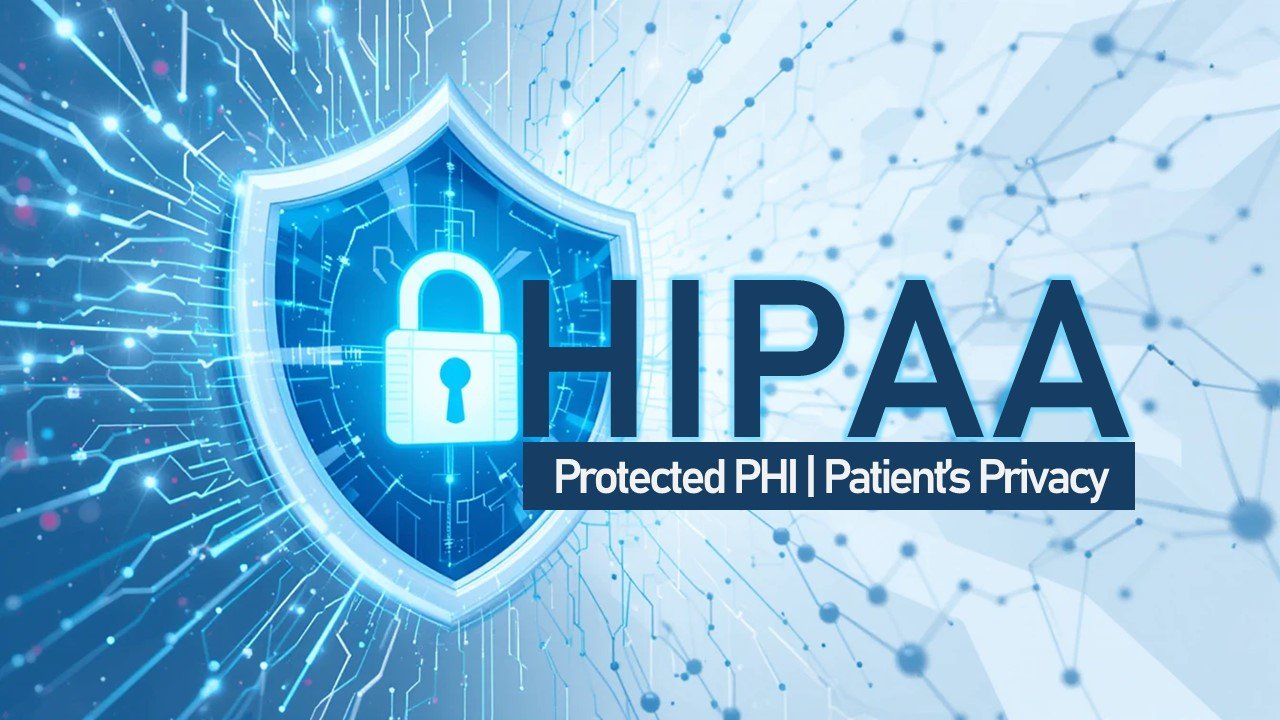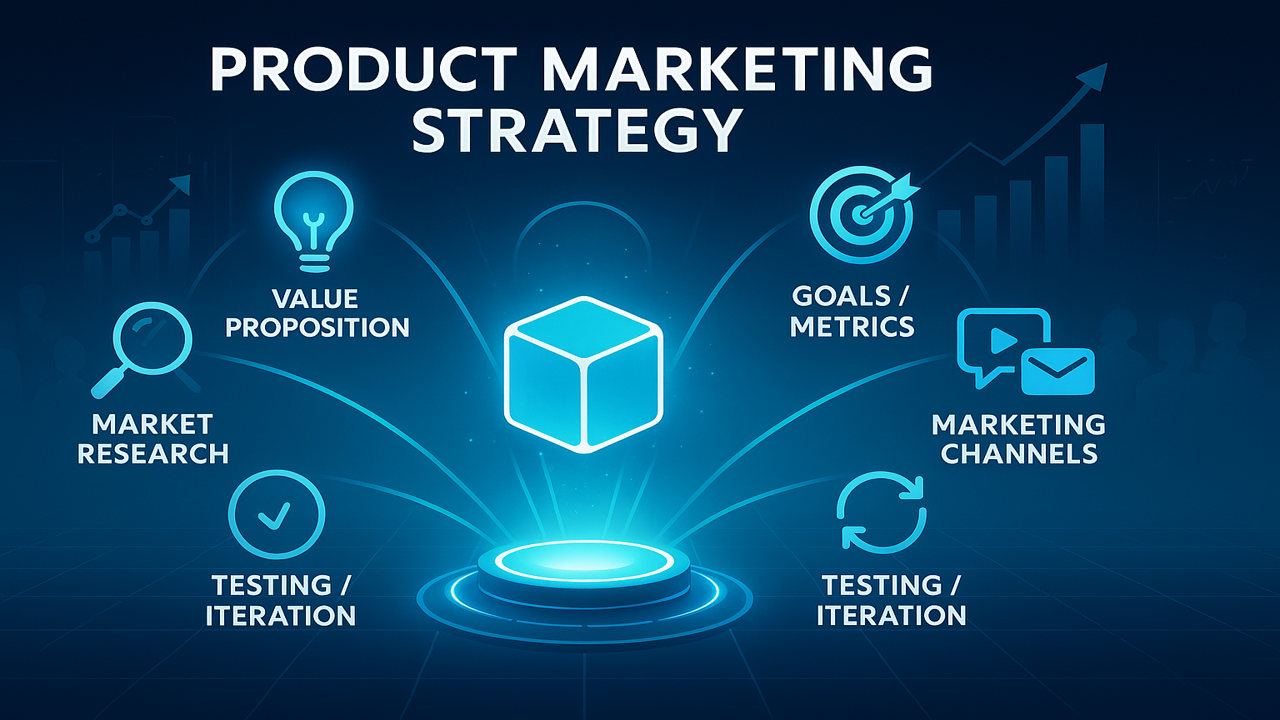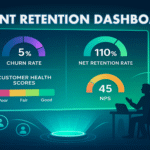Now Reading: Learn More About HIPAA Compliance: Guide for Healthcare
-
01
Learn More About HIPAA Compliance: Guide for Healthcare

Learn More About HIPAA Compliance: Guide for Healthcare
Introduction
In the digital age, protecting patient privacy is non-negotiable for healthcare businesses, and mastering HIPAA compliance is the cornerstone of that effort. The Health Insurance Portability and Accountability Act (HIPAA), enacted in 1996, sets strict standards to safeguard protected health information (PHI), impacting everyone from hospitals to small practices. With 82% of healthcare organizations reporting a data breach in the past seven years and fines reaching $6.4 million in a single case in 2023 [1][2], achieving HIPAA compliance isn’t just a legal obligation – it’s a business imperative. As someone with over 25 years in sales, marketing, and business development, I’ve seen how compliance failures can erode trust and revenue, while a robust HIPAA compliance strategy can enhance credibility and patient loyalty. This guide dives deep into HIPAA compliance, offering healthcare businesses a clear, actionable roadmap to protect PHI, avoid penalties, and thrive in a regulated landscape. For a detailed breakdown of recent enforcement trends, see the U.S. Department of Health and Human Services (HHS) insights [1].
Why HIPAA Compliance Matters for Healthcare Businesses
HIPAA compliance matters because it protects patients and shields businesses from devastating consequences. In 2023, HHS reported 589 breaches affecting over 500 individuals each, exposing millions of records [1]. These incidents don’t just compromise patient trust—they trigger fines averaging $1.5 million per violation, with penalties escalating based on negligence [2]. Beyond financial risks, non-compliance damages reputation, a critical asset in healthcare where 78% of patients prioritize privacy when choosing providers [3].
The stakes are higher in today’s digital world. With 85% of Americans using smartphones and telehealth visits surging by 154% during the pandemic, PHI is more vulnerable than ever [4][5]. From email campaigns to online portals, every digital touchpoint must align with HIPAA compliance rules. Compliance isn’t optional—it’s a competitive edge. Businesses that master HIPAA compliance can market their commitment to security, turning a regulatory burden into a trust-building tool. For more on breach statistics, HHS’s annual report is a must-read [1]. Explore our guide on HIPAA-compliant digital marketing strategies for leveraging compliance in your outreach efforts.
Understanding HIPAA Compliance: Key Components
HIPAA compliance hinges on understanding its core rules and titles, designed to secure PHI while ensuring operational efficiency.
- Privacy Rule
The Privacy Rule governs how PHI is used and disclosed, a foundational aspect of HIPAA compliance. It mandates that only authorized personnel access patient data, requiring consent for non-treatment uses like marketing [6]. For instance, sending promotional emails without explicit patient approval violates this rule, risking fines up to $50,000 per incident [2]. - Security Rule
The Security Rule focuses on electronic PHI (ePHI), requiring safeguards like encryption and access controls to maintain HIPAA compliance [7]. Over 70% of breaches stem from hacking or IT failures, making robust cybersecurity essential [1]. A practice emailing patient records unencrypted could face penalties if intercepted. - Breach Notification Rule
If a breach occurs, this rule mandates notifying affected individuals, HHS, and sometimes the media within 60 days, a critical HIPAA compliance requirement [8]. Delays amplify fines—HHS levied $1.2 million against a provider for late reporting in 2022 [2]. Quick response is vital. - Enforcement Rule
This outlines penalties, ranging from $100 to $1.5 million per violation, depending on intent, reinforcing HIPAA compliance enforcement [2]. Willful neglect carries the steepest fines, emphasizing proactive measures.
HIPAA’s Titles I and II also address insurance portability and administrative simplification, but the Privacy and Security Rules are the compliance backbone for most businesses. For a full text of these rules, HHS’s HIPAA overview is invaluable [6].
Steps to Achieve HIPAA Compliance in Your Healthcare Business
Achieving HIPAA compliance requires a systematic approach. Here’s how to protect PHI and stay compliant:
- Conduct a Risk Assessment
Identify vulnerabilities—unsecured devices, weak passwords—through an annual risk assessment to ensure HIPAA compliance [9]. Over 60% of HIPAA fines stem from unaddressed risks, so this step is non-negotiable [2]. Use tools like HHS’s Security Risk Assessment Tool for a thorough audit [9]. - Implement Safeguards
Deploy encryption, firewalls, and two-factor authentication to secure ePHI, a key pillar of HIPAA compliance [7]. For example, encrypting emails containing PHI prevents breaches during transmission. A study found encrypted systems reduce breach likelihood by 40% [10]. Check our cybersecurity best practices for more on securing ePHI. - Train Your Staff
Human error causes 45% of breaches [1]. Regular training—covering PHI handling, phishing awareness, and incident reporting—cuts this risk and supports HIPAA compliance. HHS mandates annual sessions, and non-compliance can double penalties [6]. - Develop Policies and Procedures
Document how your business handles PHI, from access controls to breach response, to maintain HIPAA compliance [11]. Clear policies streamline compliance and prove due diligence during audits. Templates from Compliancy Group can accelerate this [11]. - Secure Business Associate Agreements (BAAs)
Vendors handling PHI (e.g., cloud providers, billing firms) must sign BAAs, legally binding them to HIPAA compliance standards [12]. Without one, you’re liable for their breaches—HHS fined a practice $100,000 for this oversight in 2021 [2]. - Monitor and Audit Compliance
Regular audits ensure safeguards work, a proactive step in HIPAA compliance. Use logs to track ePHI access and review them quarterly [9]. Continuous monitoring caught 30% of violations before they escalated in a recent survey [10]. - Prepare a Breach Response Plan
Outline steps—notification, investigation, mitigation—for breaches to meet HIPAA compliance requirements [8]. Testing this plan annually minimizes damage and meets HHS standards. A well-executed response can halve penalty costs [2].
Comprehensive Analysis of HIPAA Compliance Challenges and Solutions
Common HIPAA Compliance Challenges
Navigating HIPAA compliance isn’t easy. Here are the top hurdles:
- Technology Gaps: Legacy systems lack modern security, with 65% of small practices using outdated software prone to breaches [10]. Upgrading to HIPAA-compliant platforms is costly but critical.
- Staff Awareness: Untrained employees accidentally disclose PHI—think emailing records to the wrong address. 45% of breaches tie back to this [1].
- Vendor Risks: Third parties without BAAs expose PHI, as seen in a $2.3 million fine against a lab in 2022 [2].
- Cyber Threats: Ransomware hit 75% of healthcare organizations in 2023, locking ePHI and triggering breaches [13].
Practical Solutions for HIPAA Compliance
Overcome these with targeted strategies:
- Upgrade Tech: Invest in cloud solutions like Microsoft 365, which offers HIPAA-compliant encryption, boosting HIPAA compliance [14]. Costs average $10-$20 per user monthly, a small price for security [10].
- Enhance Training: Use real-world scenarios (e.g., phishing simulations) to boost retention and ensure HIPAA compliance. Annual sessions cut violation risks by 30% [11]. Learn more in our staff training essentials.
- Vet Vendors: Audit business associates yearly, ensuring BAAs cover all PHI touchpoints for HIPAA compliance [12].
- Fight Cybercrime: Deploy anti-ransomware tools and backup ePHI daily—backups reduced downtime by 50% in breach cases, supporting HIPAA compliance [13].
HIPAA Compliance in Digital Marketing
Digital marketing amplifies HIPAA compliance challenges. Sending patient emails or running social media ads requires consent and encryption [7]. Over 20% of fines in 2023 tied to marketing mishaps, like unencrypted PHI in newsletters [2]. Use HIPAA-compliant platforms like Constant Contact, and avoid PHI in public posts [15]. For a deep dive, Workshop Digital’s guide is a goldmine [15]. Explore our HIPAA-compliant digital marketing strategies for actionable tips.
Cost of Non-Compliance vs. Investment in Compliance
Fines dwarf compliance costs. A breach costing $1.5 million far exceeds the $5,000-$50,000 annual investment in training, tech, and audits for a small practice pursuing HIPAA compliance [2][10]. Compliance saves 70% in potential penalties, making it a smart business move [13].
Conclusion
Learning more about HIPAA compliance equips healthcare businesses to protect PHI, avoid crippling fines, and build patient trust in an era where 82% of organizations face breach risks [1]. From conducting risk assessments to securing BAAs and training staff, HIPAA compliance demands diligence but pays off in security and reputation. With penalties hitting $6.4 million in extreme cases and cyber threats like ransomware surging, proactive measures aren’t optional—they’re survival [2][13]. This guide, informed by 25 years of experience, offers a clear path to master HIPAA compliance, turning a regulatory maze into a competitive advantage. Start today—your patients and bottom line depend on it.
Frequently Asked Questions
Q1. What is HIPAA compliance, and why is it important?
A. HIPAA compliance involves following rules to protect PHI, ensuring patient privacy and avoiding fines that can reach millions.
Q2. How often should I train my staff on HIPAA?
A. Annual training is mandatory, but quarterly refreshers reduce errors by up to 30%.
Q3. What happens if I don’t sign a BAA with a vendor?
A. You’re liable for their breaches, facing fines like the $100,000 penalty HHS issued in 2021.
Q4. Can I use email for patient communication under HIPAA?
A. Yes, if encrypted and with consent—unsecured emails risk violations costing $50,000 per incident.Q5. How much does HIPAA compliance cost a small practice?
A. Typically $5,000-$50,000 yearly for tech, training, and audits, far less than breach penalties.
References
[1] – HIPAA Enforcement Data and Breach Statistics | HHS.gov – https://www.hhs.gov/hipaa/for-professionals/compliance-enforcement/data/index.html
[2] – HIPAA Violation Fines and Penalties | HIPAA Journal – https://www.hipaajournal.com/hipaa-violation-fines/
[3] – Patient Privacy Preferences Survey | Healthcare IT News – https://www.healthcareitnews.com/news/patient-privacy-top-concern-2023-survey
[4] – Mobile Device Ownership Statistics | Pew Research Center – https://www.pewresearch.org/internet/fact-sheet/mobile/
[5] – Telehealth Usage Surge During COVID-19 | McKinsey & Company – https://www.mckinsey.com/industries/healthcare/our-insights/telehealth-a-quarter-trillion-dollar-post-covid-19-reality
[6] – HIPAA Privacy Rule Overview | HHS.gov – https://www.hhs.gov/hipaa/for-professionals/privacy/index.html
[7] – HIPAA Security Rule Details | HHS.gov – https://www.hhs.gov/hipaa/for-professionals/security/index.html
[8] – HIPAA Breach Notification Rule | HHS.gov – https://www.hhs.gov/hipaa/for-professionals/breach-notification/index.html
[9] – Security Risk Assessment Tool | HealthIT.gov – https://www.healthit.gov/topic/privacy-security-and-hipaa/security-risk-assessment-tool
[10] – Cybersecurity in Healthcare: Costs and Benefits | IBM Security – https://www.ibm.com/security/data-breach/healthcare
[11] – HIPAA Compliance Policies and Training | Compliancy Group – https://compliancy-group.com/hipaa-policies-procedures/
[12] – Business Associate Agreements Guide | HHS.gov – https://www.hhs.gov/hipaa/for-professionals/covered-entities/sample-business-associate-agreement-provisions/index.html
[13] – Ransomware Trends in Healthcare | Sophos – https://www.sophos.com/en-us/whitepaper/state-of-ransomware-healthcare-2023
[14] – Microsoft 365 HIPAA Compliance | Microsoft – https://www.microsoft.com/en-us/trust-center/compliance/hipaa
[15] – Guide to HIPAA-Compliant Digital Marketing | Workshop Digital – https://www.workshopdigital.com/blog/hipaa-compliant-digital-marketing/
















binance
Can you be more specific about the content of your article? After reading it, I still have some doubts. Hope you can help me.